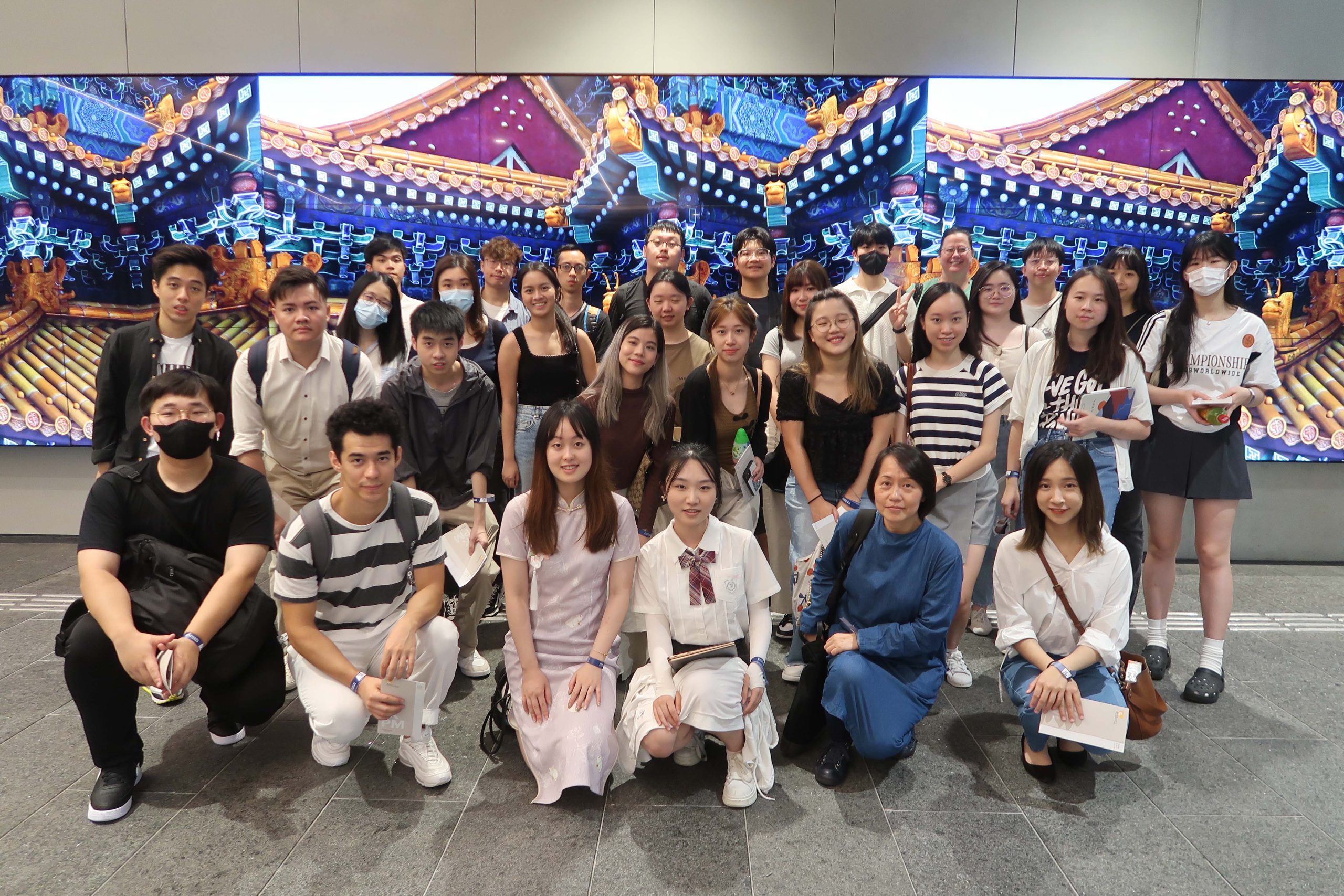Overview
Art history may sound new to a lot of students, but since visual expression through objects permeates virtually every human culture, it is very easy to relate and it intersects with a wide range of issues and practices including politics, religion, philosophy, science, technology, and everyday life. We aim to teach students how to understand the significance of works of art in their historical context. Students can expect to learn how to look analytically; to read and interpret texts related to the production and the reception; to study the practices that underpinned the making and viewing of images; and to become familiar with the range of methods and approaches of which art historians make use.
New comers are not expected to have prior knowledge in art history, nor a studio art portfolio at all. As long as you are active in learning, brave to express your thoughts, and curious about the unknown, we are most delighted to have you on board and experience together what art can be!
Path of Learning
As the students progress through the program in Art History, they encounter increasing complexities of visual literary and develop abilities to analyze, read, and interpret works of art. Students also study techniques and materials that are employed in art production. Learning activities include lectures, discussions and seminars, but also may extend outside the classroom with object sessions and museum visits.
1000-level courses
Introductory classesEmphasis of Learning
Developing an awareness and understanding of the canonical works
5-6 tutorial sessions
5-7 pages of writing
2000-level courses
Advanced coursesEmphasis of Learning
Acquiring knowledge of established historical interpretations and discussing art theory and art historical scholarship
4 tutorial sessions
8-12 pages of writing
3000-level courses
A mix of lecture and seminarEmphasis of Learning
Exploring materials that challenge established scholarship or advance its findings in streamlined topics
Longer class sessions
or 4 tutorial sessions
10-14 pages of writing
4000-level courses
Capstone courses, internshipEmphasis of Learning
Immersing in intensive learning in seminars and acquiring critical approaches to art history
No tutorials
Individual consultations
15-20 pages of writing
Experiential Learning
The Art History programme fosters experiential learning in many ways. Within our courses, these may include examining original works of art and architecture in museums and other sites in Hong Kong; training on handling works of art in class; working on an art exhibition or other curatorial project; and participating in teacher-led field trips locally or overseas.
We also offer a museum studies workshop (ARTH2056) and a credit-bearing internship (ARTH4005) for a limited number of students. Find out more >
Outside the formal curriculum, we support students who seek their own internships, temporary jobs at art galleries, auction houses, and art fairs, and summer travel to study art. The Programme has several grants that can help fund student travel.
Assessment
Coursework
All courses offered in the Programme are assessed by 100% coursework.
Coursework may include essays, research papers, tests, participation in tutorials and seminars, oral presentations, and other work as specified by the course instructor.
Research Essays
- Asian Art Essay Prize winning essays (read)
With Technology
Students are introduced to different 3D design software to create virtual exhibition spaces for their curatorial projects,
- Sketchup in ARTH2055 Crossing cultures: China and the outside world (2021-2022)
- Worlds within a World >>
- Artsteps in ARTH2065 Introduction to Islamic art and architecture (2018-2019)
Other student projects
- Video projects in ARTH2094 Medieval art and architecture (2018-2019) >>
- Photography project in ARTH2092 Photography in North America (2020-2021) >>
Teaching development project
- The Pilgrim’s Guide Web Project (initiated by Dr Lastra)







Find us on…